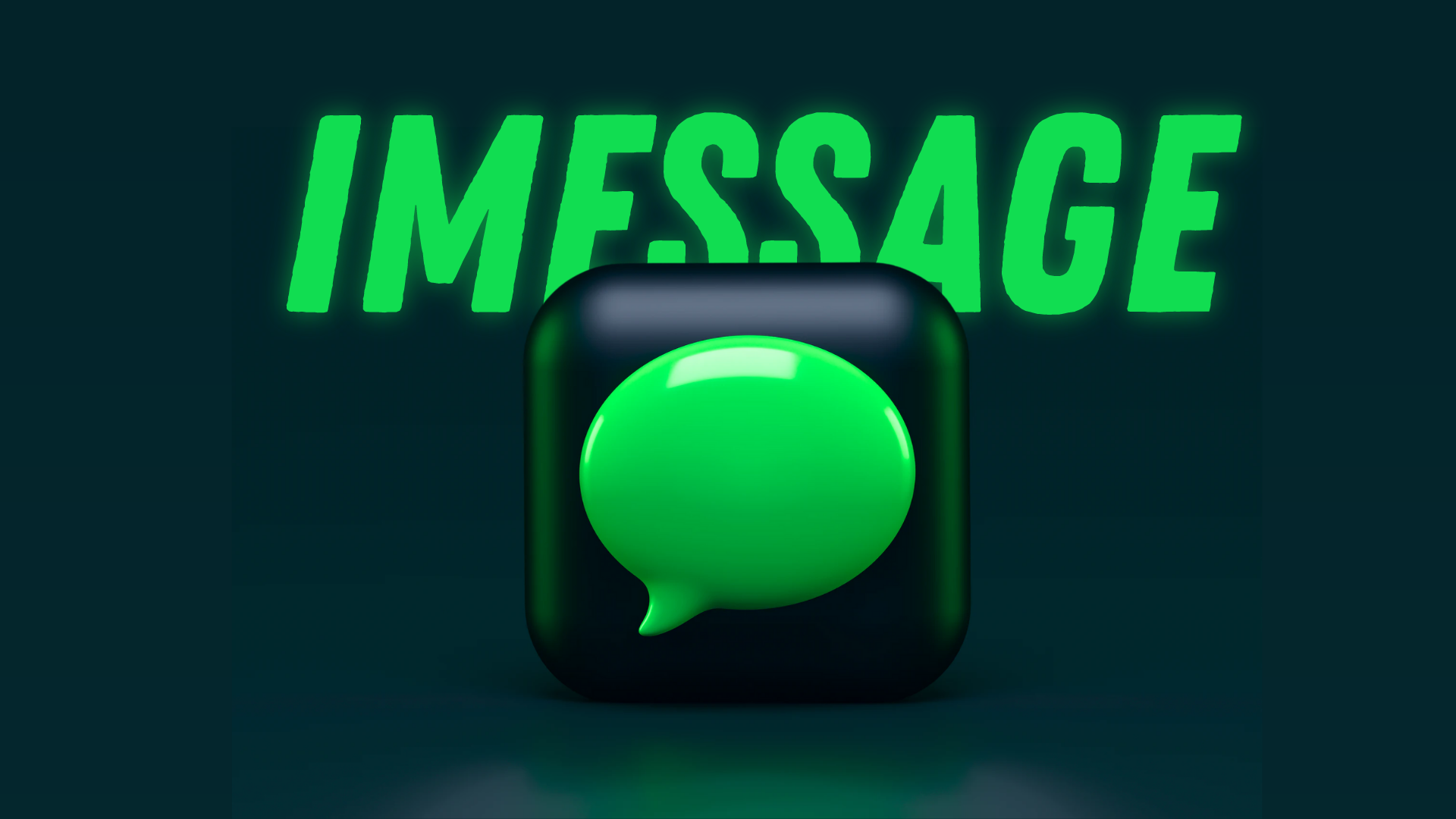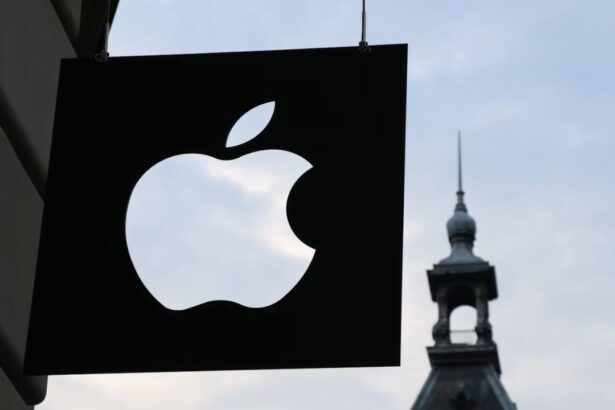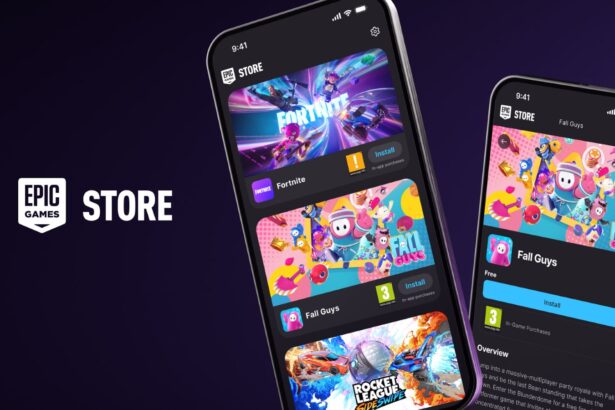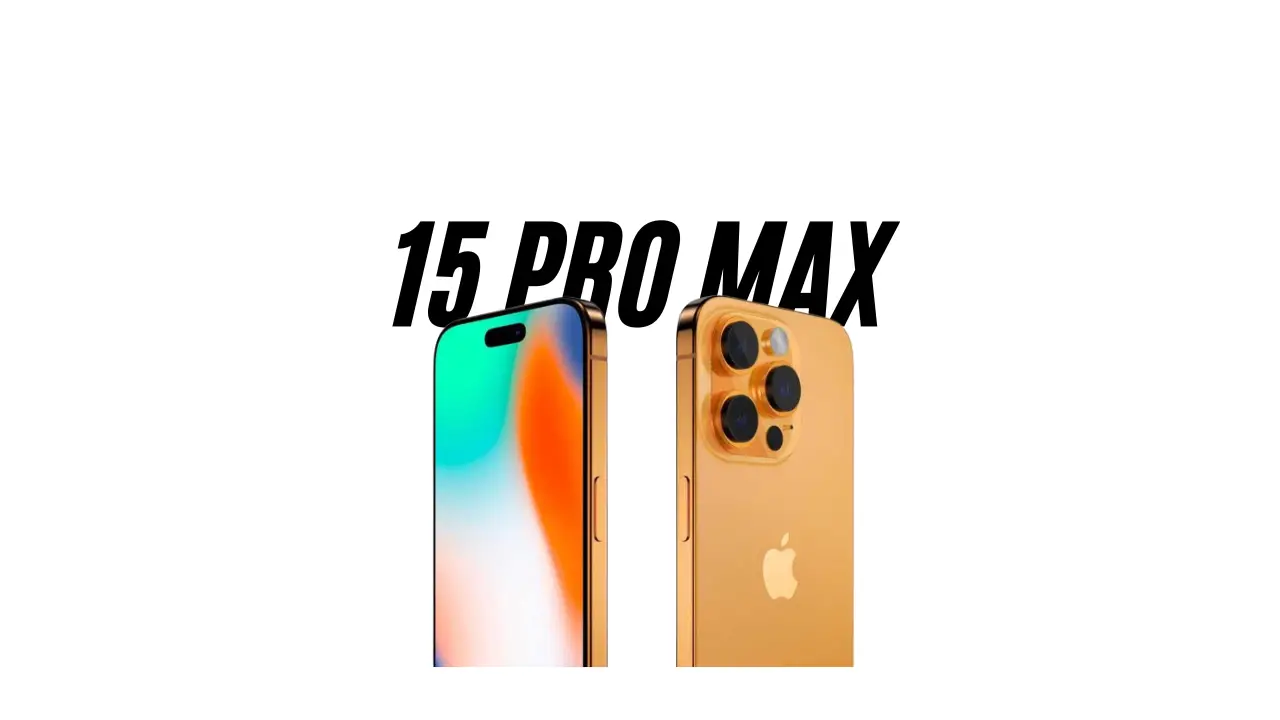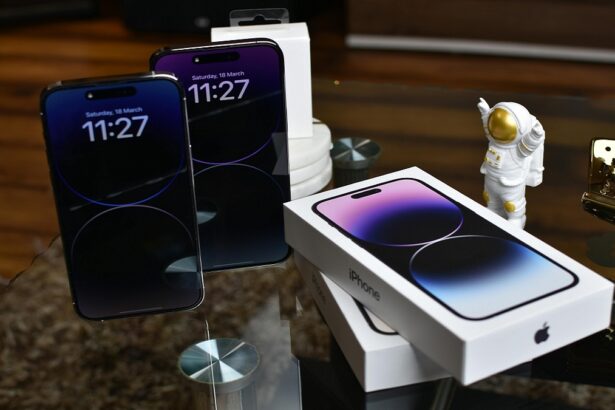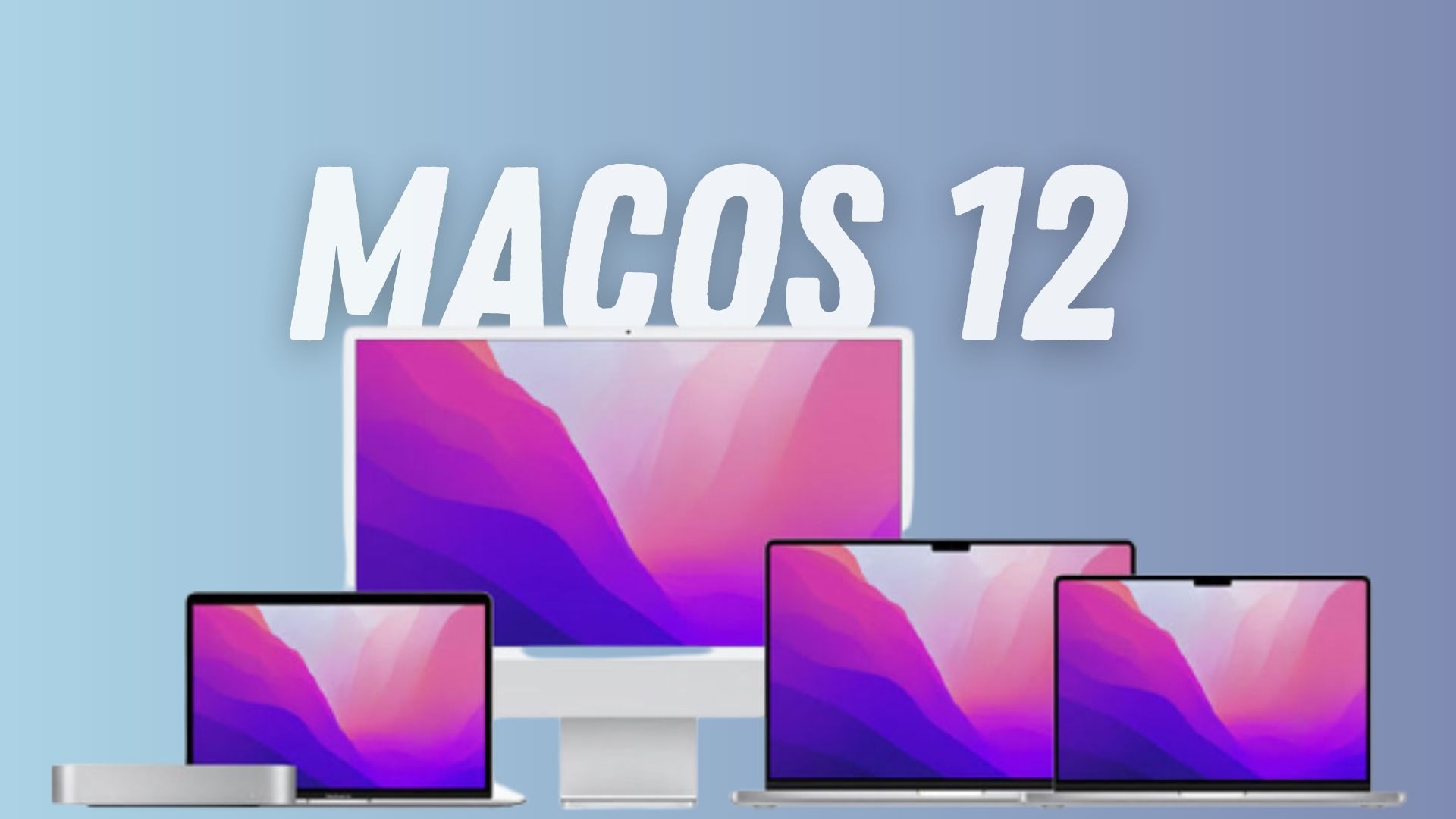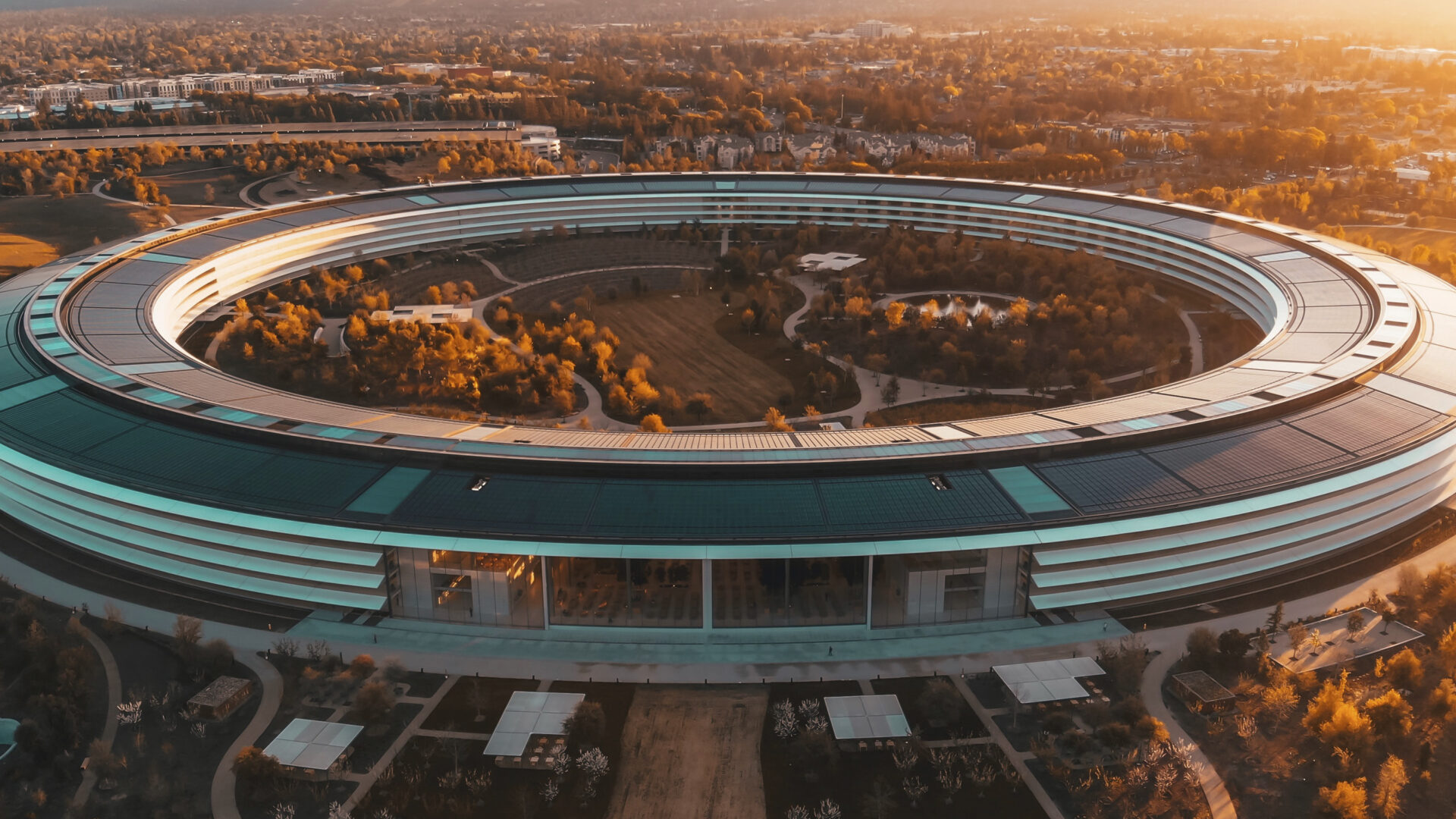We all know that Apple’s USP with the iPhone is not its hardware but its software and the fact that iOS is close-sourced and only Apple develops it also helps.
One thing we already know is that Apple is very proud of iMessage and also talks a lot about its features in its keynotes. Also, the fact that Apple does not want to bring iMessage to other platforms like Windows and Android is well-documented too.
But something must have happened internally which caused the Google SVP and famous personality among Android fans, Hiroshi Lockheimer, to comment openly on how Apple uses iMessage to lure customers towards iPhone.
Apple’s iMessage lock-in is a documented strategy. Using peer pressure and bullying as a way to sell products is disingenuous for a company that has humanity and equity as a core part of its marketing. The standards exist today to fix this. https://t.co/MiQqMUOrgn
— Hiroshi Lockheimer (@lockheimer) January 8, 2022
Actually, Hiroshi commented on an article by the Wall Street Journal on how Apple has managed to successfully “sealed its dominance with an army of texting teens”. Hiroshi said that Apple’s iMessage is a “documented strategy” and adds that Apple uses “peer pressure” and “bullying” as a way to sell products.
While Hiroshi’s words are very strong, it is known that Apple does use this strategy to sell more iPhones among teens. Because iMessage shows a green bubble when someone sends a message from their Android phone while iPhone to iPhone messages are blue.
Thus, people disgust people with Android phones as they have green bubbles and this causes a lot of people to forcefully change their phones because of all the people around them using an iPhone.
According to one report, 87% of US teenagers are using an iPhone which is a huge percentage and most of it is due to iMessage. While other countries use WhatsApp, Telegram, and other apps, teenagers in the US mostly use iMessage for communication which is found only on an iPhone so it makes sense too.
Apple’s former SVP of Worldwide Marketing, Phil Schiller, even said that the company thought about bringing iMessage to Android but abandoned the decision because it would do “more harm than good”.
How could bringing iMessage to Android do more harm than good is left for everyone’s imagination so we will only leave it at that.
